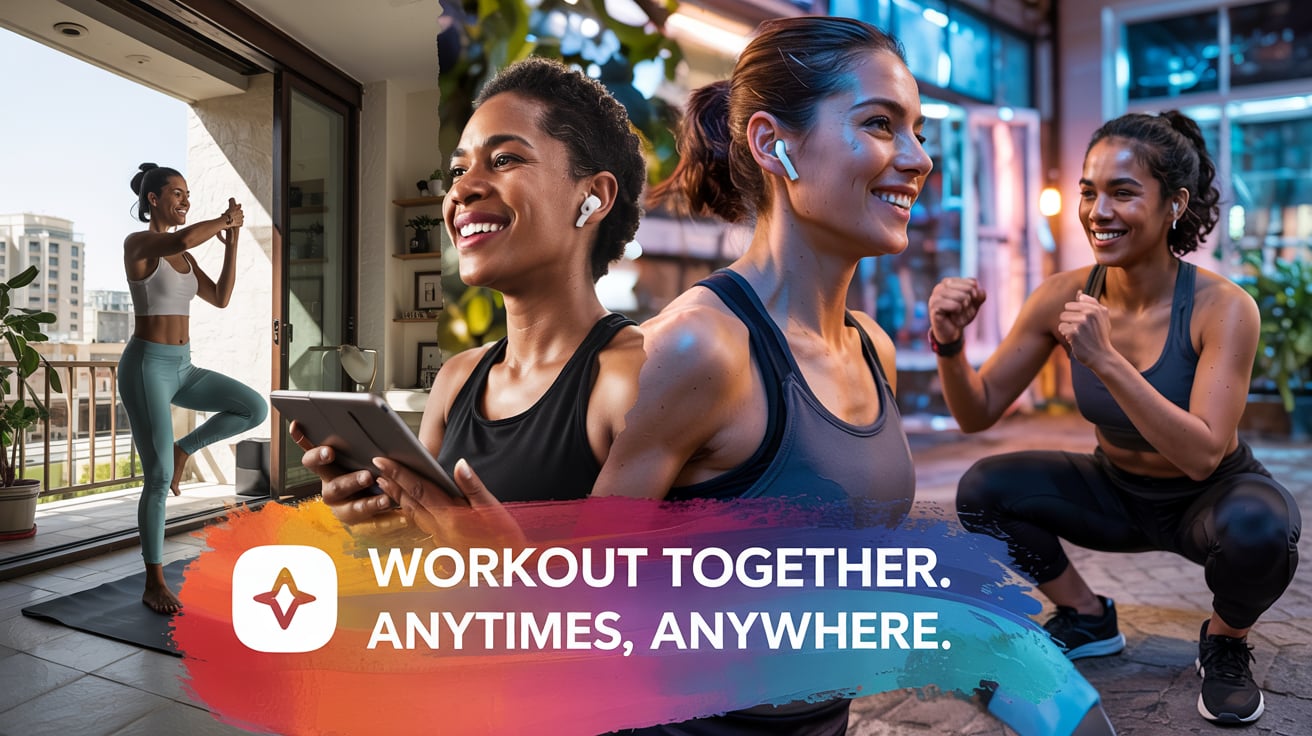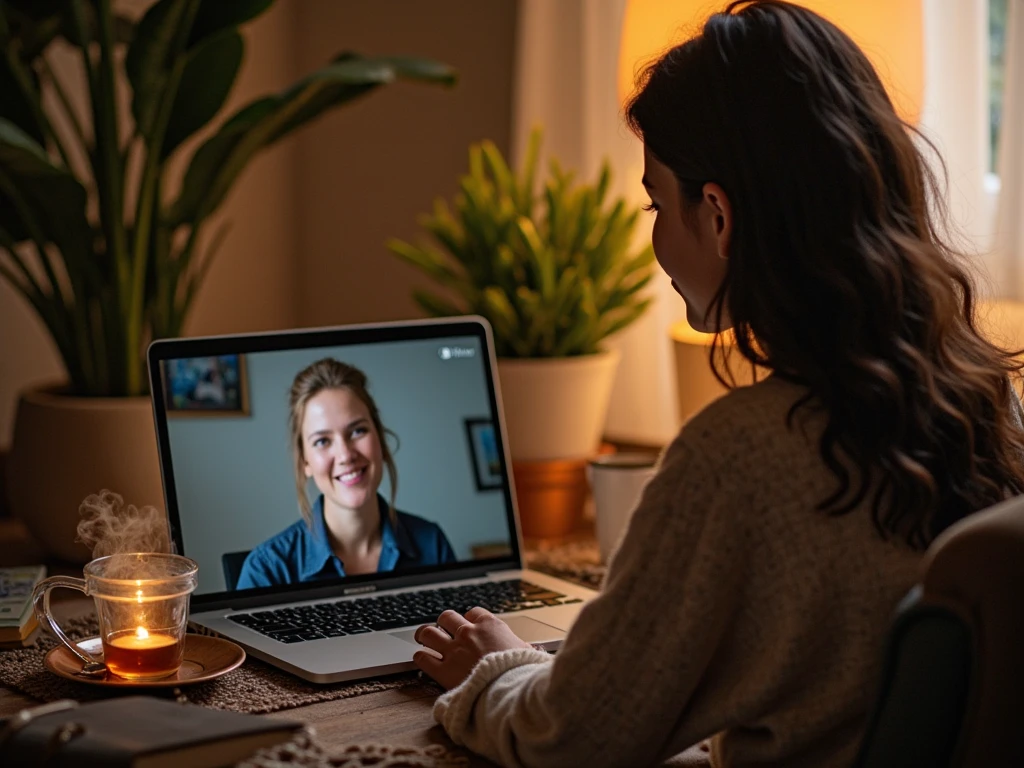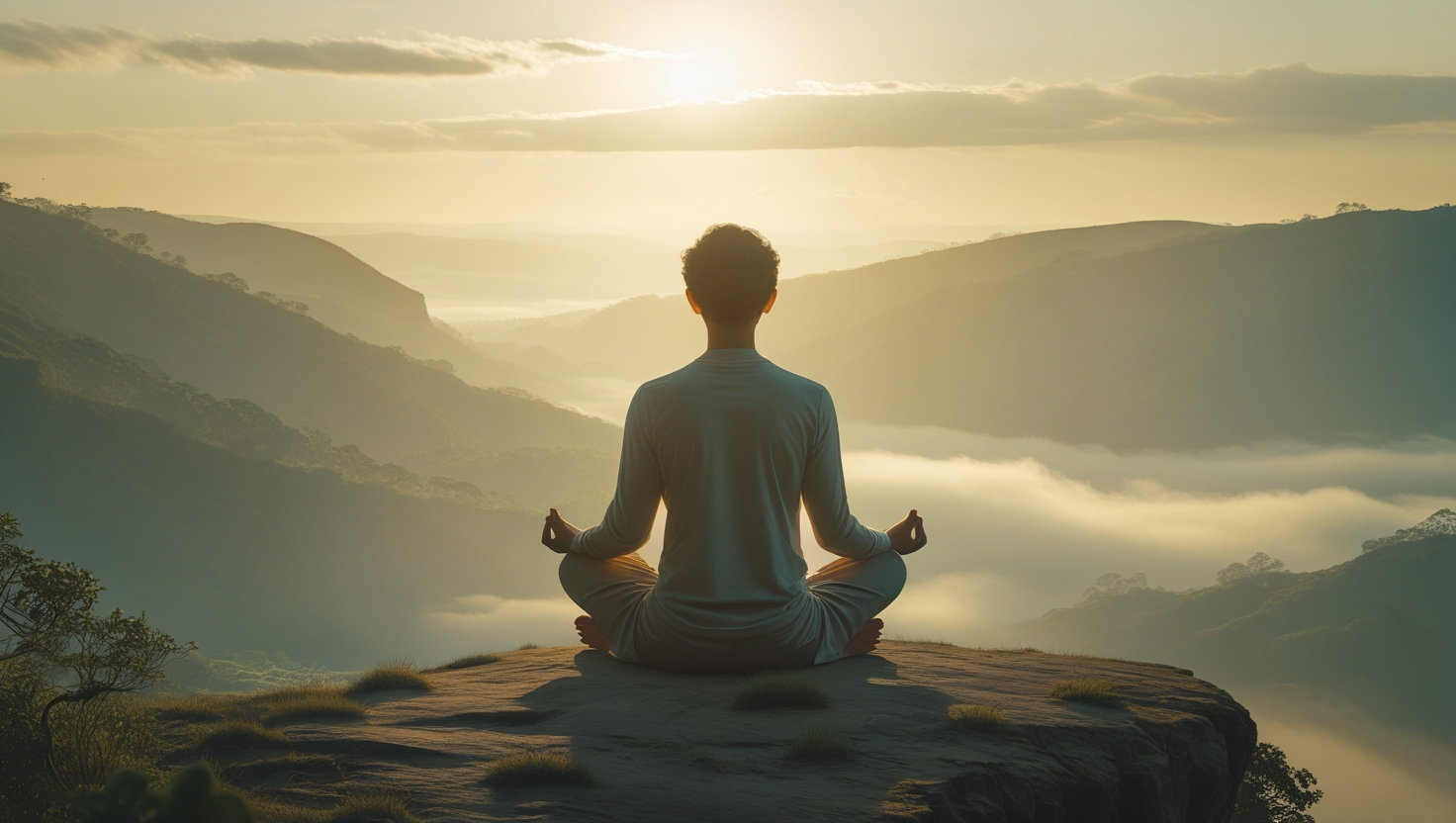
In today’s hyper-digital world, loneliness and isolation have become increasingly common issues. Despite being constantly connected through our devices, many people feel more disconnected than ever. Fortunately, technology is also offering new ways to bring us together one surprisingly powerful method being fitness apps.
Once seen as tools for tracking workouts or counting calories, fitness apps have evolved into social platforms that foster connection, motivation, and even community.
Before diving into fitness apps, let’s take a moment to understand the context. According to numerous studies, loneliness is as harmful to health as smoking 15 cigarettes a day. It contributes to depression, anxiety, and can even affect heart health. Social isolation doesn’t just affect older adults it’s increasingly common among younger generations due to the decline of face-to-face interaction, especially post-pandemic.
Technology has often been blamed for increasing isolation, but the right kind of tech can do the opposite it can bring people together around shared goals. Fitness apps are a shining example of this.
Fitness apps started off as individual tools step counters, calorie trackers, or heart rate monitors. But over the last decade, they’ve transformed into social ecosystems where users can:
Today, platforms like Strava, Fitbit, Nike Training Club, MyFitnessPal, and Peloton have integrated social features that mimic real-world support systems.
One of the most powerful aspects of fitness is goal-setting. Whether someone’s trying to lose weight, run a marathon, or just stay active having others striving toward similar goals creates a bond.
Fitness apps capitalize on this by allowing users to:
Example: In Strava, runners can join global monthly challenges. Even though participants are spread across continents, they feel united by a common mission.
This shared experience fosters a sense of belonging, and for many, that’s more motivating than the goal itself.
Many fitness apps include features where users can "like" workouts, leave comments, or send virtual high-fives. These seemingly small interactions play a big psychological role.
Why? Because encouragement boosts self-esteem and helps users feel seen.
Apps like Peloton take this to the next level with real-time shoutouts from instructors during live rides. Even if you’re sweating alone in your living room, someone is cheering you on.
Friendly competition can be a great motivator and a great connector. Many fitness apps let you:
Apps like Fitbit and Apple Fitness+ offer weekly competitions, while Zombies, Run! gamifies jogging by making it part of a survival narrative with other players.
The result? Users feel engaged, challenged, and most importantly not alone.
The pandemic accelerated the shift to virtual fitness, but what surprised many was how community-driven this new format became.
Apps like Alo Moves, Obé Fitness, and Les Mills+ offer live classes where people work out together in real-time. Some even display participants’ names or videos on-screen, creating an interactive experience. Users can chat before and after class, just like they would in a studio.
This kind of social interaction adds structure, human connection, and a feeling of “being part of something bigger.”
Many fitness apps now acknowledge the connection between physical and mental health, offering meditation, breathwork, and motivational talks. But they also create a community space where users can open up, share struggles, and support each other.
Example:
The emotional support found in these apps can sometimes rival that of in-person communities—especially for people in remote areas or those with anxiety around gym settings.
Fitness apps are global by design. A user in Tokyo can do a yoga challenge with someone in New York. A runner in Brazil can follow the training plan of an elite coach in Germany.
This global connection allows users to:
It also reminds people that they are part of a wider world one where millions are logging in, stretching, lifting, or meditating at the same time. There’s comfort in that shared rhythm.
Many people struggle with consistency in fitness routines. Social features help bridge that gap. When you know someone will notice if you skip a run or a workout, you’re more likely to show up.
Some apps offer:
It’s less about perfection and more about consistency, supported by community.
Fitness can feel exclusive, especially to those who don’t fit the stereotypical image of an athlete. Fitness apps are helping change that by:
Apps like Sweat and Centr are leading this movement, and many platforms now have entire communities focused on adaptive fitness, older adult fitness, or postpartum workouts.
This inclusivity helps users feel welcomed, valued, and again not alone.
While the benefits are many, there are some things users should be mindful of:
The key is to use these apps intentionally—choosing to engage in ways that uplift and motivate rather than stress or isolate.
Choose the right app for your style: Are you into running, yoga, dancing, or strength training? Find a platform that fits your passion.
Invite friends: Start a private group challenge or accountability check-in.
Join community forums or groups: Most apps offer niche groups (e.g., “Busy Moms Who Lift,” “Over 50 Runners,” “Introverts Who Yoga”).
Celebrate others: Like, comment, and encourage. The more you engage, the more supported you’ll feel in return.
Share your progress: Don’t be afraid to post your workouts, even if they aren’t perfect. Authenticity attracts real support.
Fitness isn’t just about building stronger bodies it’s about building stronger bonds. And in a time when so many people are battling loneliness, the social features of fitness apps offer something truly powerful: connection through motion.
Whether it’s high-fiving a friend on Strava, joining a global yoga challenge, or being part of a walking group that chats daily on Fitbit these digital spaces prove that you really can sweat together, even apart.
So next time you lace up your sneakers or roll out your mat, remember you’re part of a virtual tribe. One that’s cheering you on, every step of the way.














